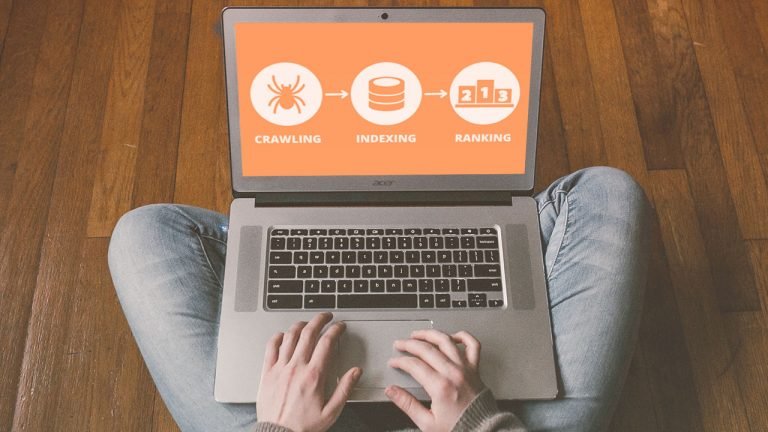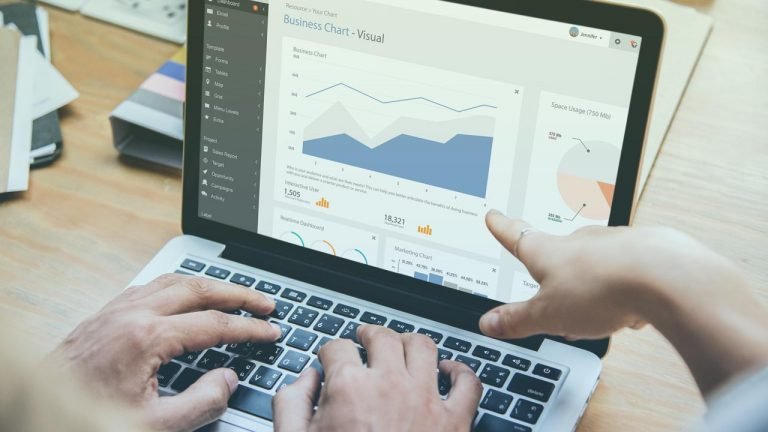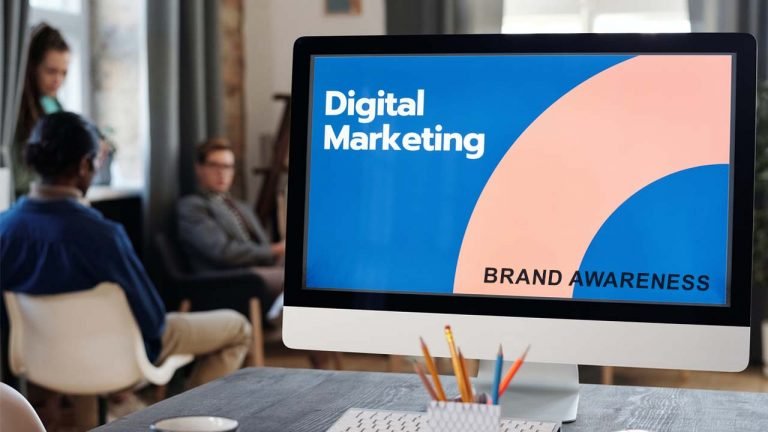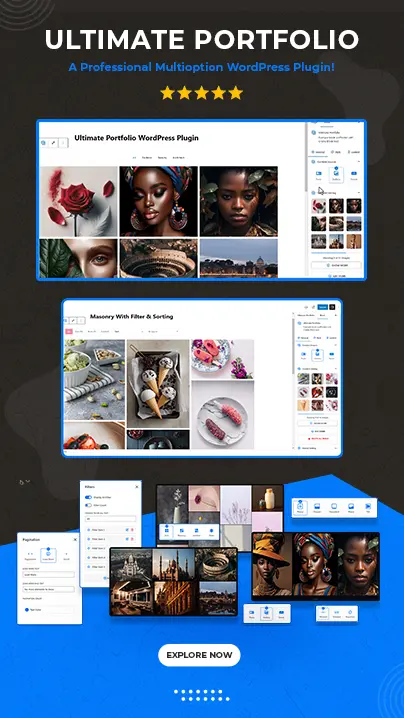Why Should You Track Backlinks and How Can You Do It? The use of backlinks is an essential part of every SEO strategy. They contribute to the authority of a website and may be utilized to improve ranks in search engine results pages. As a result, businesses must check…










